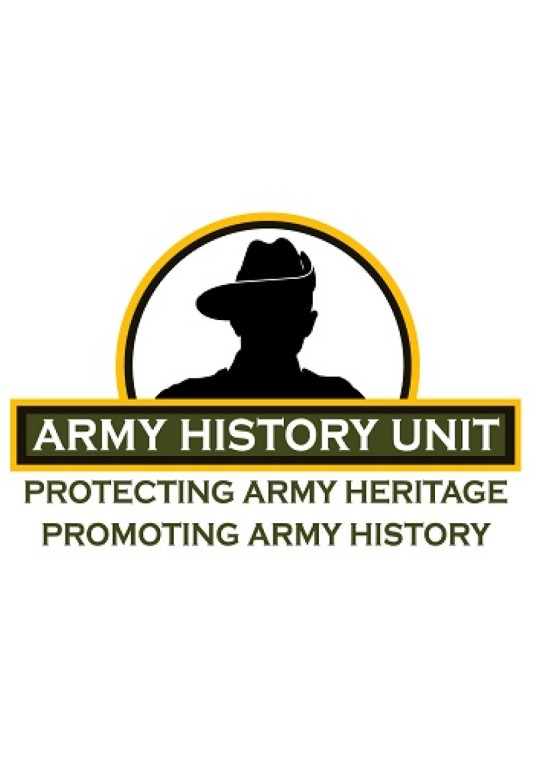The Most Reverend John Aloysius Morgan, AO, DD, RFD, ED
(1909–2008)
The Most Reverend John Aloysius Morgan, the son of Patrick and Catherine Morgan, was born on 9 October 1909, at Niddrie Homestead in Essendon, Victoria. A man with a love of horse racing, he would often recall that he was born on Caulfield Guineas Race Day. He grew up in a young nation that had seen the horrors of the First World War, the dismay of the survivors and the devastation of the Great Depression. He was ordained into the Catholic Church on 15 July 1934, following his studies at Corpus Christus in Werribee, Victoria.
When Fr Morgan joined the Army on 12 June 1941, Australia had been at war for nearly two years, predominantly supporting Commonwealth allies in Europe and Africa. The twenty-five year old priest was commissioned into the Australian Military Forces in the most junior of clergy appointments: that of Chaplain 4th Class. He was posted as the regimental chaplain to the 58th Battalion when they deployed to New Guinea.
Shortly after the battle for Wau, Fr Graydon was injured and his driver killed when the jeep they were in went over the side of a cliff. Fr Morgan, previously the chaplain with 24th Battalion, and then senior Catholic chaplain to 3rd Division, was flown into Wau. His mission was to take over Fr Graydon’s responsibilities in Kanga Force.
The Wau-Salamau campaign began a period of intense activity for Fr Morgan and he became ‘one of the best known padres in New Guinea, tramping around the jungle with his Mass kit’. In addition to the divisional troops in the area of Wau and Bulolo, Fr Morgan travelled to the more distant units, accompanied only by his batman driver. This involved trekking over terrain as high and tortuous as the Kokoda Track. One of the units he served was the 2/3rd Independent Commando unit.
The Commanding Officer, Lieutenant Colonel Warfe, often told of when Fr Morgan arrived one day and declared his intention to visit the men at their various forward outposts. Warfe said, ‘we are under observation and I forbid you to go further’. Fr Morgan replied, ‘That’s alright; I must see them all so I will go at night’. And he did. When Warfe retold the story he would add the remark ‘that took guts’.
In June 1944, Fr Morgan was posted as Senior Chaplain (RC) 6 Div. On one occasion in 1944, a battalion chaplain had been hospitalised, and Fr Morgan volunteered to take his place because he knew how important it was to minister to the troops in the field. Fr Morgan noted:
I love the hills and am happiest when I have a pack on my back and moving from camp to camp among the Infanteers. There is a spirit in such camps that cannot be found anywhere else—and an atmosphere that is unique. Any physical hardship is well repaid by the companionship one enjoys among soldiers perched on some hilltop in a jungle camp. And they appreciate the opportunity of Mass and the Sacraments.
Remembering they too were Christians, whenever he could Fr Morgan ministered to the native bearers. They bore much of the danger of scouting in advance of the battalions, and most of the drudgery of carrying supplies behind the battalions, all without receiving anything like the same clothing, food, health care or any of the rewards given to the soldiers. He recalled on one occasion there were about thirty natives at confession and Holy Communion at the various outposts. He said ‘it takes time for me to speak the pidgin English with them and for most it was over three years since they had the opportunities of the Sacraments’.
At the completion of the Second World War when most of his colleagues were glad to return to their parish, monastery or college, Fr Morgan continued his service to God and his country by remaining in the Australian Defence Force.
His post war career matched his war time service in his commitment to Service personnel and his Church communion. Highlights of this time included: being Senior Chaplain to 3 Div and having his responsibilities extended to include HQ Southern Command; being promoted chaplain 2nd class and appointed Deputy Chaplain General (RC) Army Headquarters on 8 September 1955 and Chaplain General (Major General) on 27 August 1964; ordained Auxiliary Bishop of the Archdiocese of Canberra–Goulburn and Titular Bishop of Membressa; appointment as first Military Vicar of Australia in 1969; and later he became a foundation member and first chairman of the Religious Advisory Committee to the Services.
He was awarded the Order of Australia in 1976 and had an audience with the Pope in Rome.
In January 1985 Bishop Morgan retired at the age of 75. In an unprecedented gesture of respect and esteem, his fellow members of the Religious Advisory Committee tabled a notable minute:
His long years of service saw him become in a very real sense the bridge between the old and the new, both within the Australian Defence Force and within his own communion. He has the unique distinction of having participated in three distinct styles of chaplaincy, administration and oversight. His long periods of service, too, has given him an unrivalled knowledge of the development of chaplaincy within the ADF. It has also given him a deep understanding of service life and the heavy demands it places upon dedicated men and women. Bishop Morgan has touched the lives of generations of chaplains, officers, servicemen and service women and their families. He is remembered by many with affection and gratitude for his warm humanity, his pastoral concern and his fatherly advice. His grace and wisdom have enhanced the lives and witness of chaplains beyond his own communion as well as those within it.
Bishop Morgan will be interred in the crypt of St Christopher’s Cathedral, Manuka.
Arrmy History Unit

